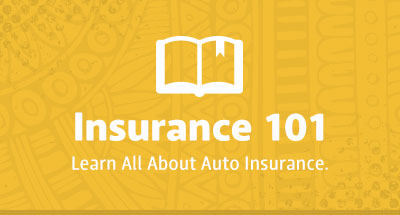Blog
Read our blog for the latest news about our company and the auto insurance industry
Speeding tickets in Illinois might seem like a minor inconvenience, but they may add up quickly. From base fines to increased insurance rates and additional court fees, the potential cost of a speeding violation in the state may get...
A crucial part of driving a vehicle is having auto insurance. In Illinois, driving without the state’s minimum insurance requirements may lead to hefty legal...
One of the most crucial parts of driving lawfully is having a valid driver’s license. In Illinois, driving without a license can lead to severe legal, financial, and personal consequences. It’s important for state residents to...
Car insurance is important for drivers across the United States, but finding the right policy at an affordable price can feel like an impossible task, especially in major cities like Chicago. With a variety of factors affecting rates,...
As the annual tax season rolls around, many of us find ourselves diligently sorting through receipts, crunching numbers, and hoping for a favorable return. While tax preparation often focuses on income, deductions, and credits, there's...
What is Casualty Insurance?
Casualty insurance, more commonly known as liability insurance, is broad protection to help protect you from losses, particularly financial, if you are found at fault for injury to another person,...
Auto insurance is a necessity as it protects your vehicle and individuals in the case of an accident, vehicle damage, theft, and many other occurrences. When you review your...
Car buying has become more convenient these days. Gone are the days where the only option for buying a new or used car was heading to your local car dealership to shop the vehicles onsite. From shopping online to having your car...
When you love your car, you want to keep it in the best possible condition. After all, this mode of transportation gets you from point A to point B and you probably spend a lot of time in the driver’s seat. Therefore, you want to make...
When you drive your car, worn out brake pads might not be the kind of thing that’s constantly on your mind. You might know that you have to change your brake pads every so often, but you might not know why you should do so and how often...






